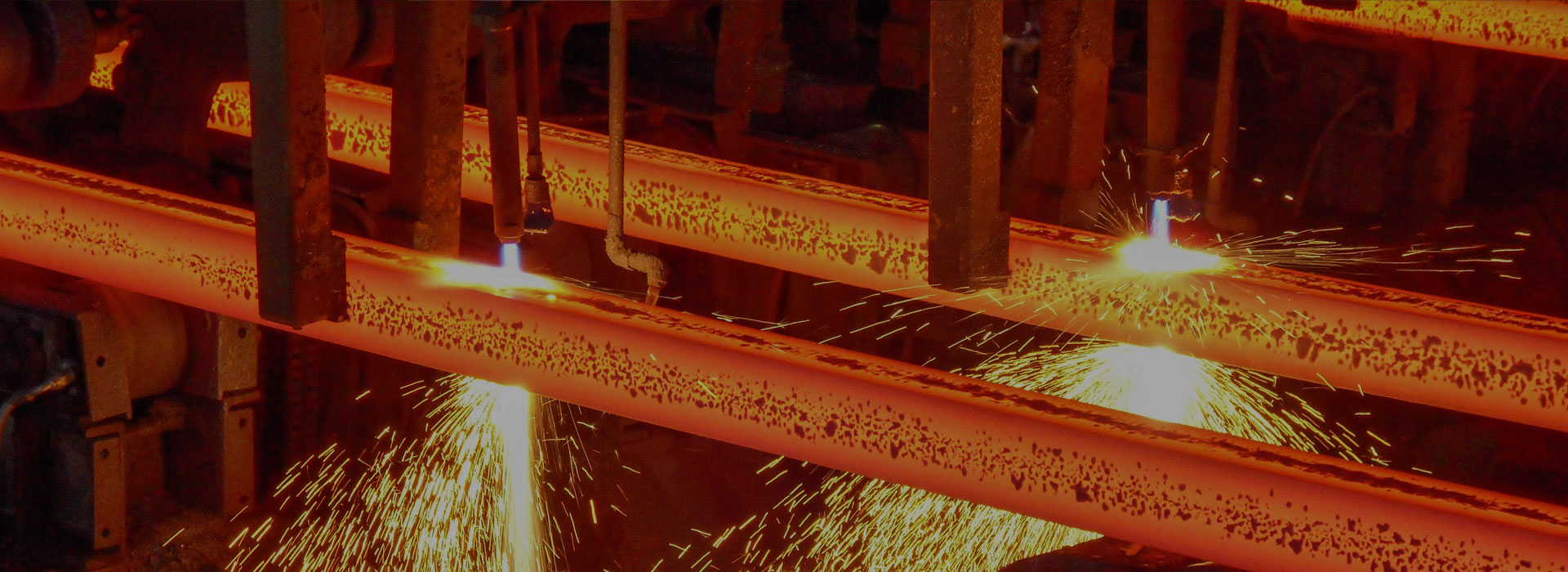What Is Iron Casting Shrinkage and Porosity
2023-08-11
Iron casting is a widely used manufacturing process in which molten iron is poured into a mold to create a desired shape. However, during the solidification process, iron casting can experience shrinkage and porosity, which can affect the quality and integrity of the final product.
Shrinkage is a common phenomenon in iron casting. It occurs when the molten iron cools and solidifies, causing a reduction in volume. This reduction in volume can result in the formation of voids or gaps within the casting, leading to dimensional inaccuracies and structural weaknesses. Shrinkage can be classified into two types: solidification shrinkage and pattern shrinkage.
Solidification shrinkage occurs during the cooling and solidification of the molten iron. As the iron changes from a liquid to a solid state, it undergoes a contraction in volume. This contraction can cause the formation of shrinkage cavities or voids within the casting. Solidification shrinkage is influenced by factors such as the alloy composition, cooling rate, and mold design. Proper gating and risering systems can help minimize solidification shrinkage by ensuring a controlled and uniform cooling process.
Pattern shrinkage, on the other hand, is caused by the dimensional changes that occur when the pattern used to create the mold is removed. The pattern is typically made of wood or other materials that have a higher coefficient of thermal expansion than iron. When the molten iron is poured into the mold, it cools and solidifies, causing the pattern to shrink. This shrinkage can result in a reduction in the size of the casting, leading to dimensional inaccuracies. To compensate for pattern shrinkage, the pattern is usually made slightly larger than the desired final dimensions.
Porosity is another common defect in iron casting. It refers to the presence of small voids or pores within the casting. Porosity can occur due to several factors, including the presence of gases in the molten iron, inadequate venting of the mold, or improper gating and risering systems. Porosity can weaken the casting and make it more susceptible to cracking and failure. To minimize porosity, proper mold design, gating and risering systems, and control of the molten iron's composition and temperature are essential.
In conclusion, iron casting shrinkage and porosity are important considerations in the manufacturing process. Understanding and controlling these factors are crucial for producing high-quality cast iron products. By implementing proper design and process controls, manufacturers can minimize shrinkage and porosity, resulting in castings that meet the desired specifications and performance requirements.




